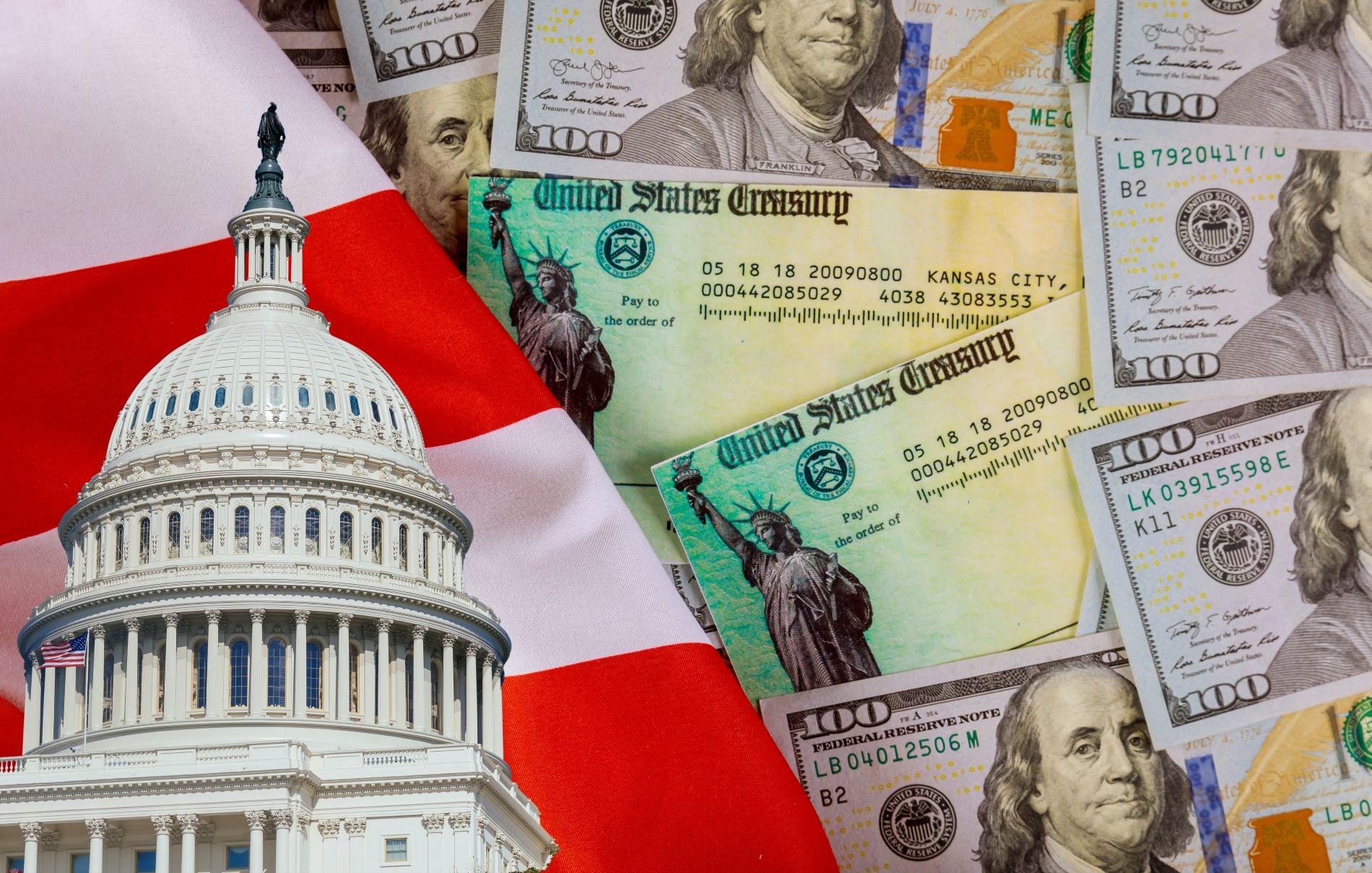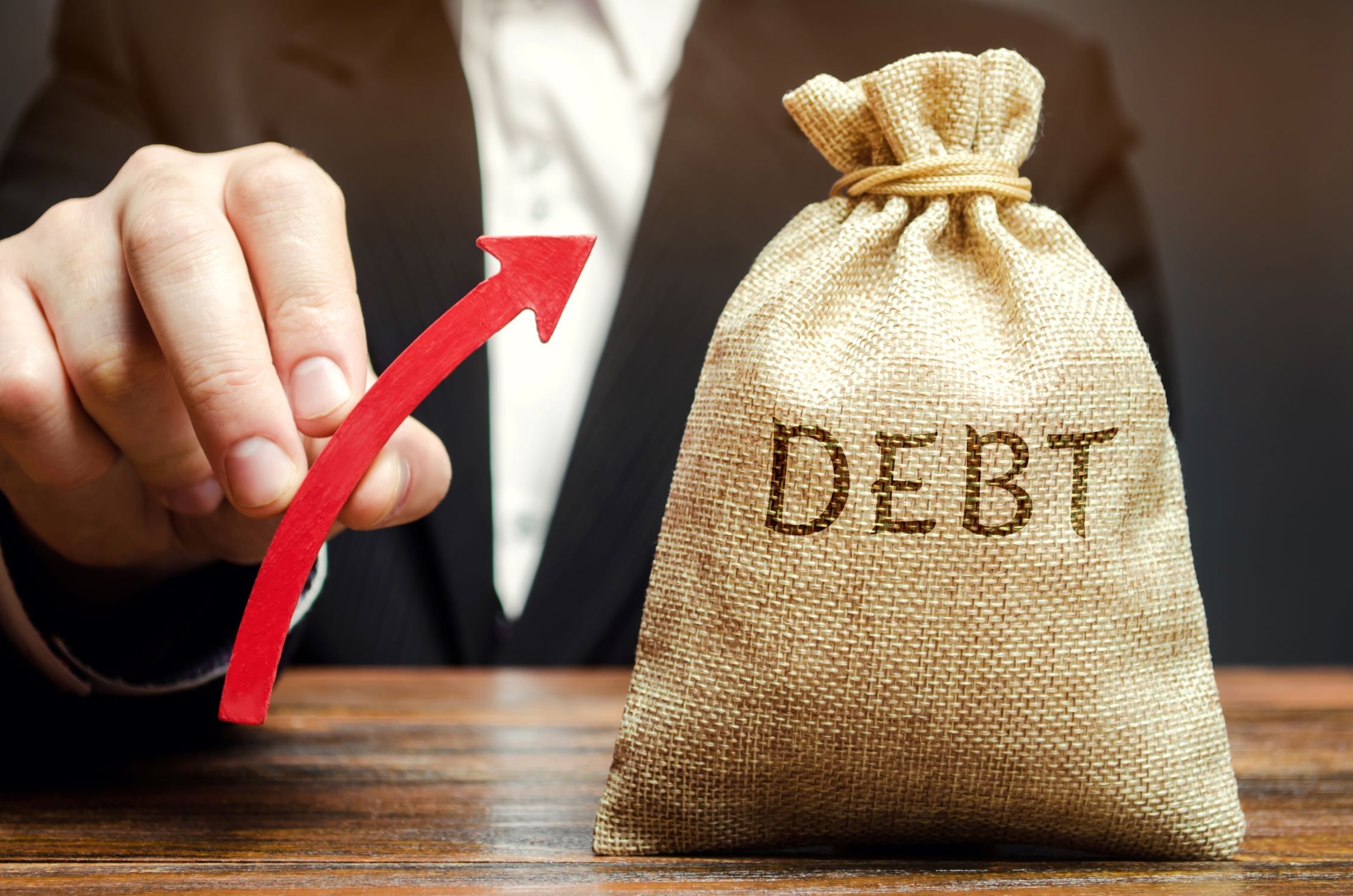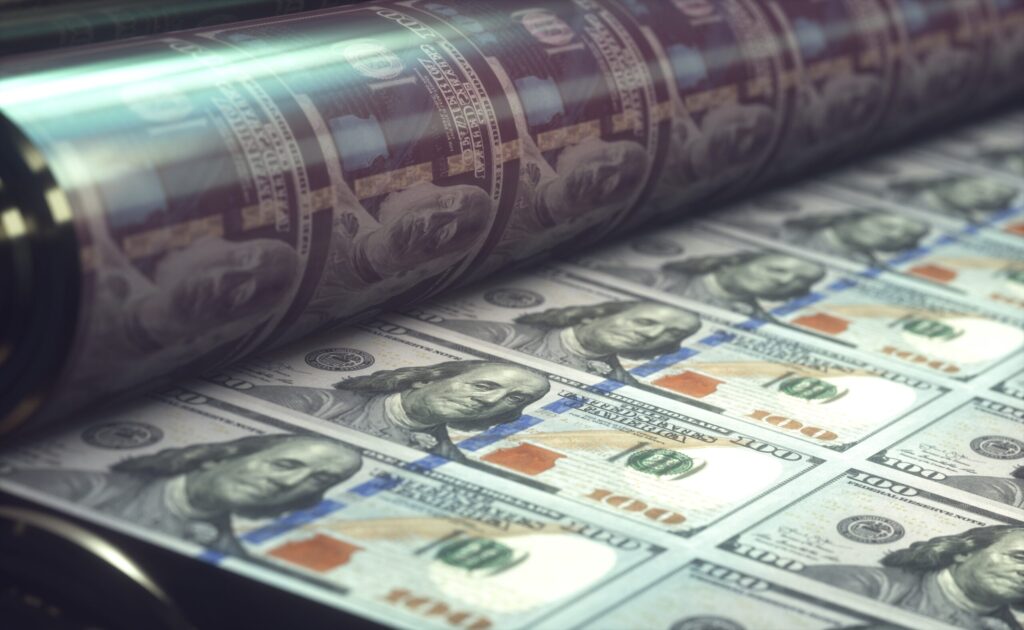Understanding the interactions between government debt, interest rates, and hyperinflation is essential for economists and the general public.
Government debt accumulates when a nation borrows money to fund the gap between its expenditures and revenues. High debt levels can lead to concerns about a country’s fiscal sustainability and have a complex relationship with interest rates.
These rates, often influenced or set by a central bank such as the Federal Reserve in the United States, play a pivotal role in the market demand for government securities and, by extension, influence inflation trends.
Interest rates and inflation share a nuanced relationship where high national debt can exacerbate inflationary pressures, potentially leading to hyperinflation under certain conditions. Hyperinflation is an extreme form of inflation that can erode the value of currency rapidly, leading to economic instability.
Analyzing how debt influences interest rates, which in turn can affect inflation rates, provides insights into the economic challenges and decisions faced by policymakers.
The balancing act between these three factors is delicate; governments must navigate carefully to maintain economic stability and growth.
Key Takeaways
- Government debt influences interest rate trends and inflation dynamics.
- High debt levels can lead to economic challenges, including inflationary pressures.
- Central bank policies are critical in managing the delicate balance between debt, interest rates, and inflation stability.
Understanding Government Debt

The concept of government debt is central to a country’s economy and touches everyone’s life. It’s a dynamic area where the interaction between the government’s borrowing needs and economic stability unfolds.
National Debt Definitions
Government debt, often referred to as the national debt, comprises all outstanding debts a government owes. Crucially, it’s a reflection of the government’s financial health.
National debt accumulates when a government’s expenditures eclipse its revenues. When government spends on infrastructure or war, for example, and does not collect enough tax revenue to cover these costs, it must borrow money, leading to an increase in national debt.
National debt is expressed in two forms: gross debt and net debt. Gross debt totals all of a government’s financial liabilities. On the other hand, net debt subtracts the financial assets that governments hold.
Understanding the makeup of national debt is a launching pad for economic analysis and policymaking, as it impacts the economy’s performance over time.
Public vs. Private Debt
Breaking down national debt, we draw a line between public debt and private debt.
Public debt, also termed federal debt, refers to money owed to creditors outside the government. It includes bonds and securities that investors, foreign governments, and others purchase.
Better measuring the debt’s impact on an economy, public debt is crucial because it often determines a country’s borrowing costs and its ability to fund programs and services.
Contrast this with private debt, which is debt held within government accounts. Think of it as the government borrowing from itself, such as through social security trust funds.
The distinctions between public and private debt are vital—they shape a government’s fiscal policy and influence decisions regarding taxation and spending.
Economic Implications of High Debt

High levels of public debt can have far-reaching consequences on a nation’s economy, affecting everything from the debt-to-GDP ratio to economic growth and the potential for recession.
Debt-to-GDP Ratio
The debt-to-GDP ratio is a critical metric used by economists to measure a country’s financial health.
A rising debt-to-GDP ratio signals that a country is producing and selling less than what it’s borrowing. Specifically, when government debt significantly exceeds GDP, it can indicate potential fiscal instability and may deter investment.
For example, a debt-to-GDP ratio that exceeds 100% is often seen as a critical threshold that warrants close monitoring and may necessitate policy changes. Currently, the United States sits at 134%.
Influence on Economic Growth
Excessive public debt can be a significant drag on economic growth.
Heavy debt burdens can lead to increased taxes and reduced government spending to service the debt, diverting funds away from crucial investment in infrastructure, education, and technology that could otherwise support growth.
Moreover, high debt levels can trigger inflationary pressures, though some argue that in certain contexts, inflation can reduce the real value of debt.
Potential for Recession
Lastly, the specter of recession looms larger as debt levels climb.
They tie fiscal hands, leaving governments less equipped to respond to economic downturns with stimulus measures. In severe cases, high public debt can undermine confidence, leading to lower spending and investment and potentially resulting in an economic contraction.
Interest Rates Dynamics

The landscape of interest rates is a vibrant and constantly evolving area closely watched by economists and central banks. It plays a crucial role in guiding fiscal strategies and monetary policies.
Federal Reserve’s Role
The Federal Reserve, or the Fed, is instrumental in navigating the dynamic world of interest rates.
They calibrate the short-term interest rates to either stimulate or cool down the economy. When the Fed adjusts the rates, it sends ripples across credit markets, influencing both personal and government finance.
Impact of Interest Rates on Debt
Higher interest rates generally mean increased interest payments on government debt. This can lead to a larger budget deficit if the government must spend more to cover these payments. This is dangerous, because if the interest rate rises high enough, the interest payment on the national debt can exceed the tax revenue brought in by the government, creating a doom-cycle that can lead to hyperinflation, as a compounding interest-on-interest calculation begins.
Conversely, low interest rates can reduce the cost of borrowing and contain the debt’s growth rate.
Real vs. Nominal Interest Rates
Understanding the difference between real and nominal interest rates is crucial.
Nominal is the stated rate, unadjusted for inflation, while the real rate is the nominal rate minus inflation.
Economists pay close attention to the real interest rate as it reflects the true cost of borrowing.
The long-term interest rates are particularly important, as they indicate expectations for future economic conditions and inflation rates.
Frequently Asked Questions
How do higher interest rates affect a nation’s inflation levels?
When a nation’s central bank raises interest rates, it often cools down excessive economic heat by making borrowing more expensive, which can slow the engine of inflation.
How does inflation serve as a sizzling hot tool to reduce government debt?
Inflation can erode the real value of government debt, making it easier to manage as the same nominal debt is viewed through the lens of decreased purchasing power.
Can you explain the complex connection between government debt levels and a country’s interest rates?
Elevating levels of government debt can lead lenders to demand higher interest rates as compensation for the increased risk of default, which in turn can influence a country’s entire economic landscape.
In what ways does galloping inflation lead to hair-raising increases in government debt costs?
Inflation that outpaces the rate of interest on debt can lead to deduction in the real burden of the debt; however, if debt is rolled over and new debt is taken on at higher interest rates, the costs can spiral.
How do governments grapple with the spicy tango between rising interest rates and escalating inflation?
Governments often respond to this challenge by tightening fiscal policies, cutting spending, or increasing taxes to reassure investors and stabilize the economy.
What are the roller-coaster consequences for government debt when the inflation dragon rears its head?
Rising inflation can create a thrill ride of fluctuating bond yields. It also increases the interest cost for new government debt and pressures public finances, sometimes leading to austerity measures.








